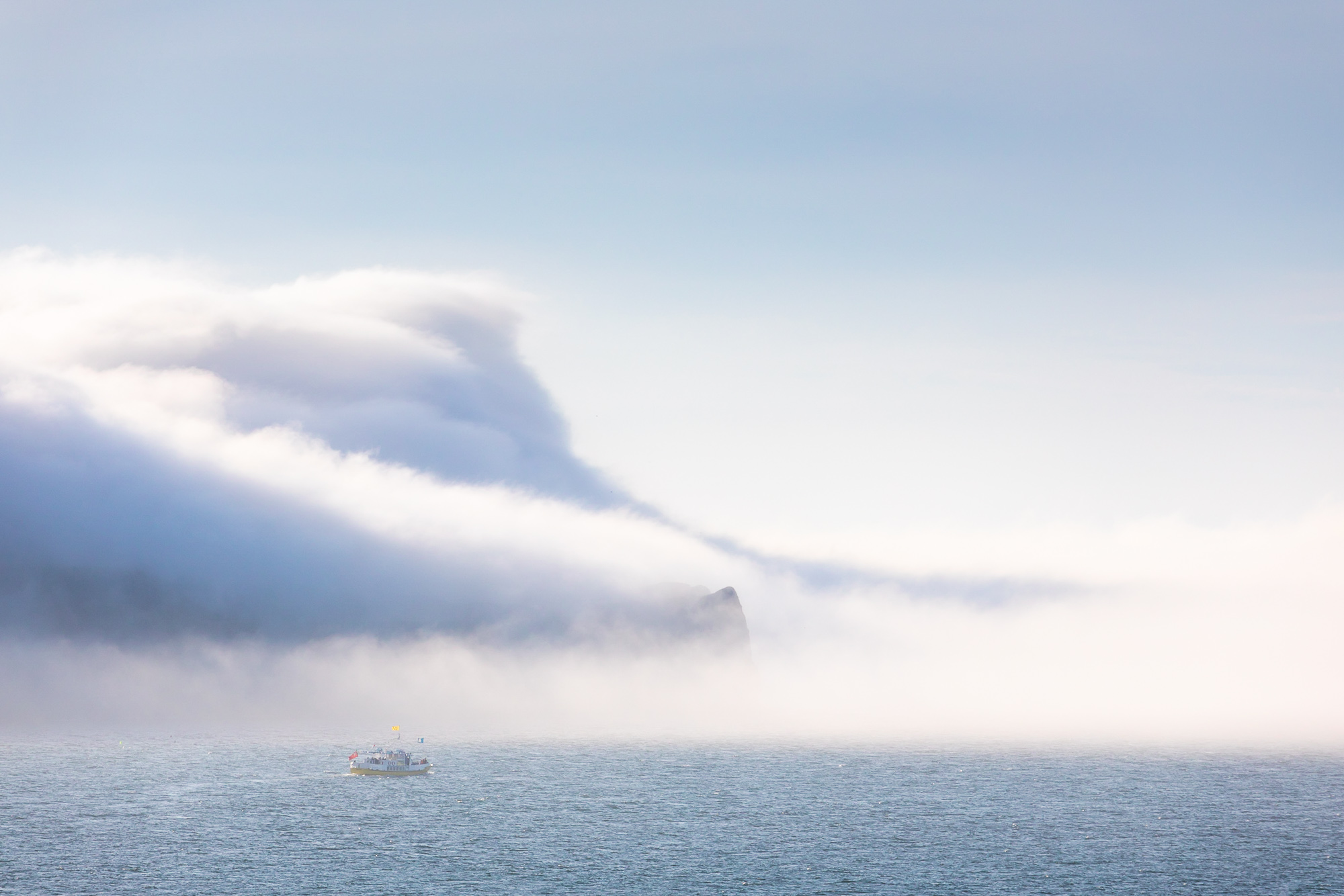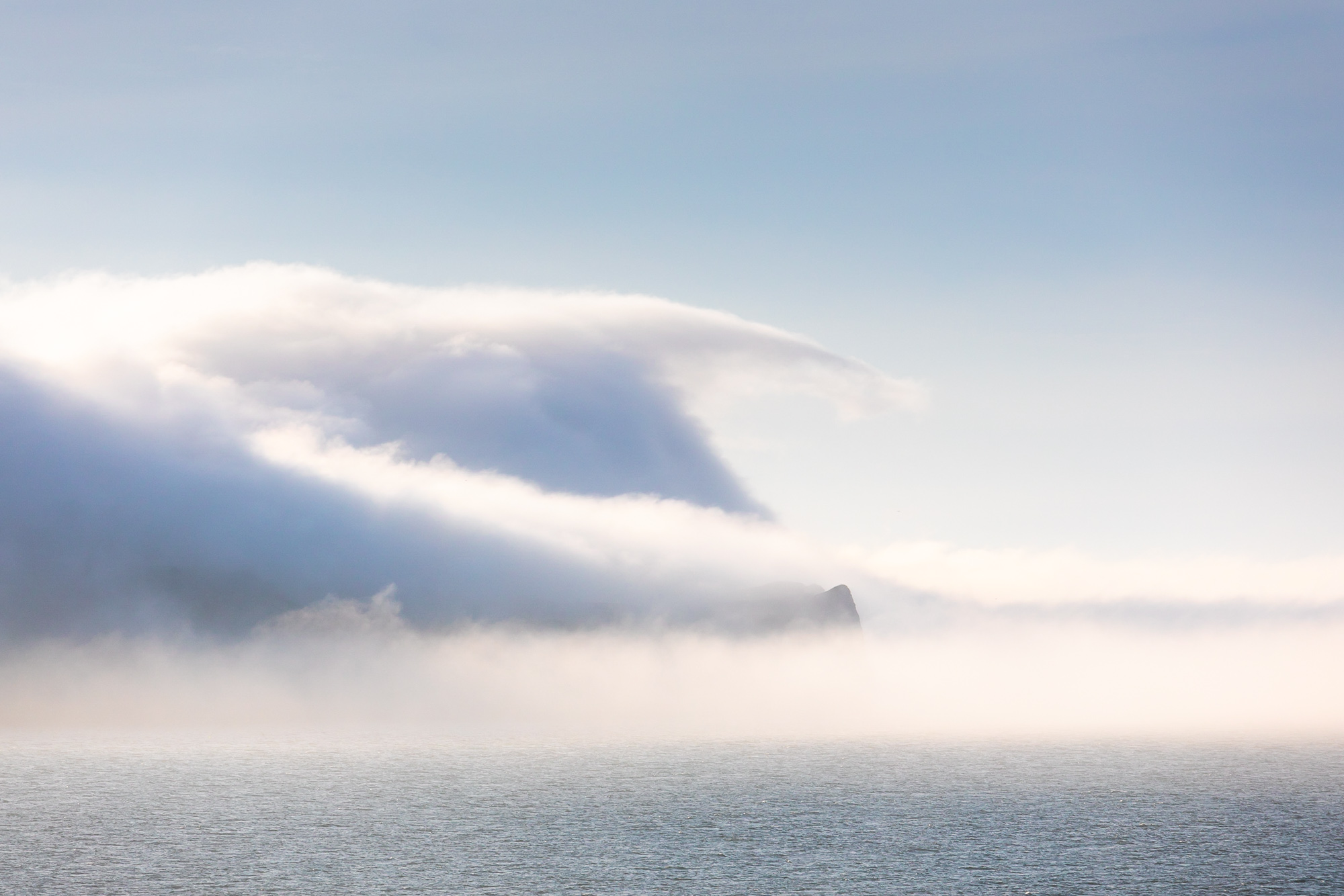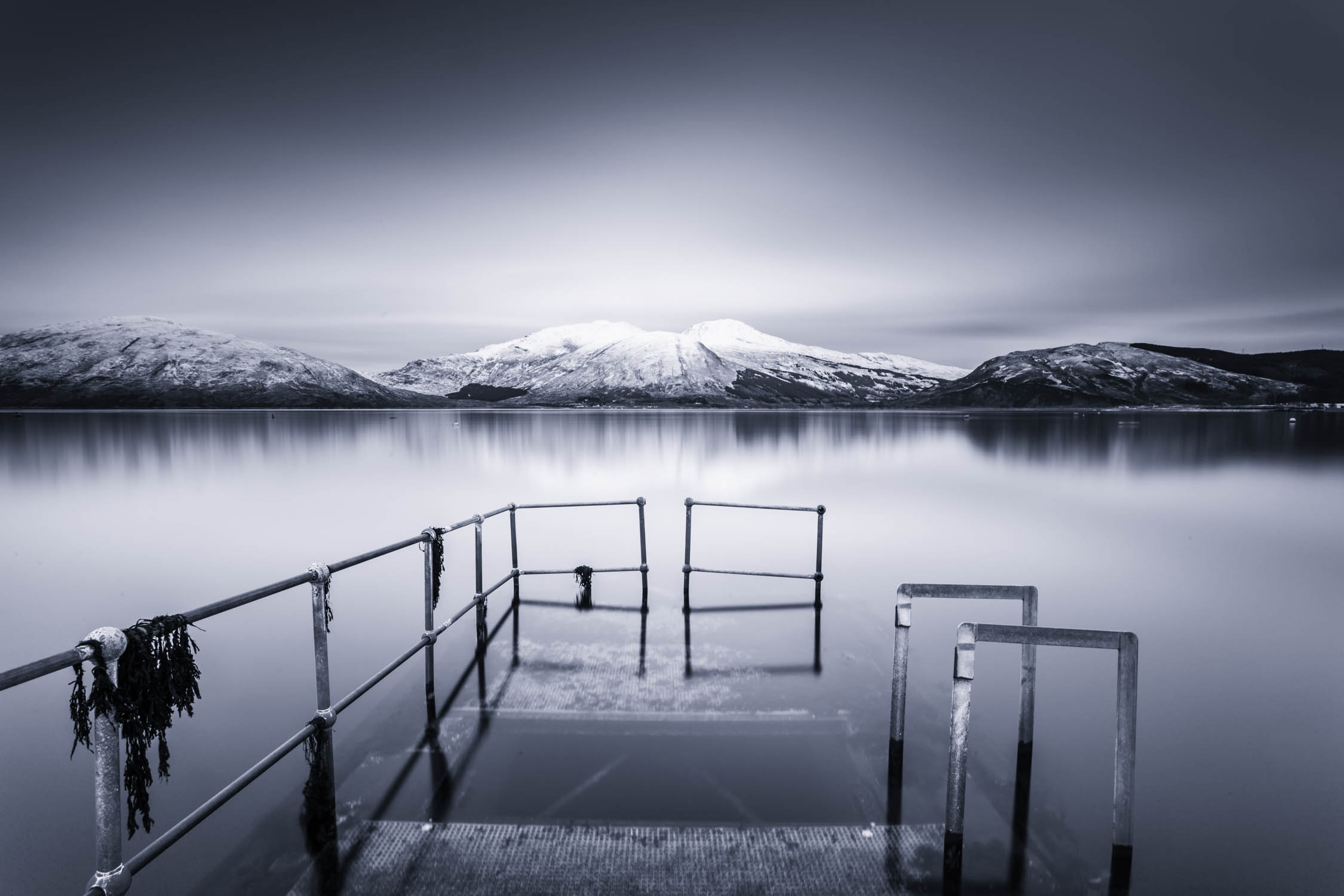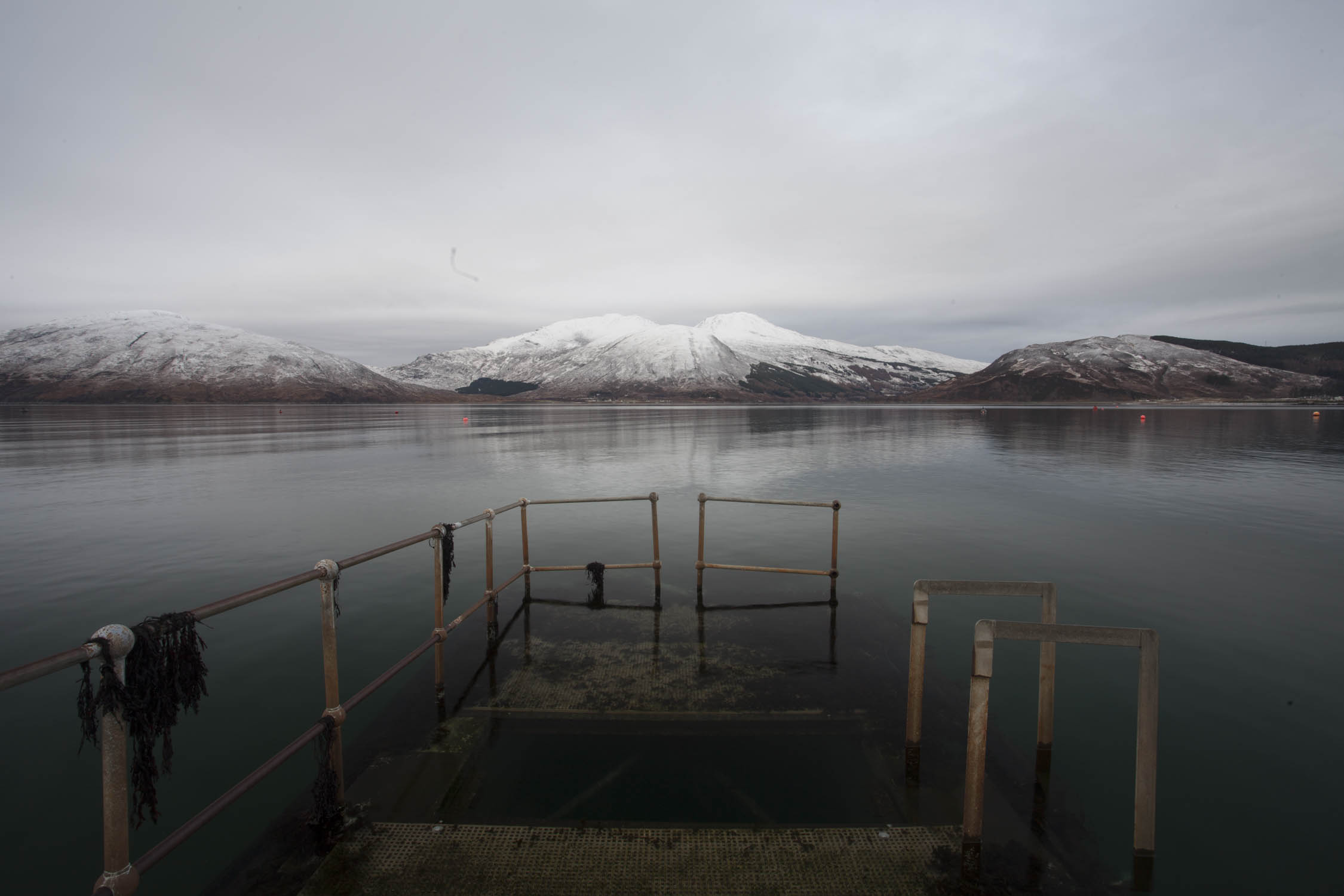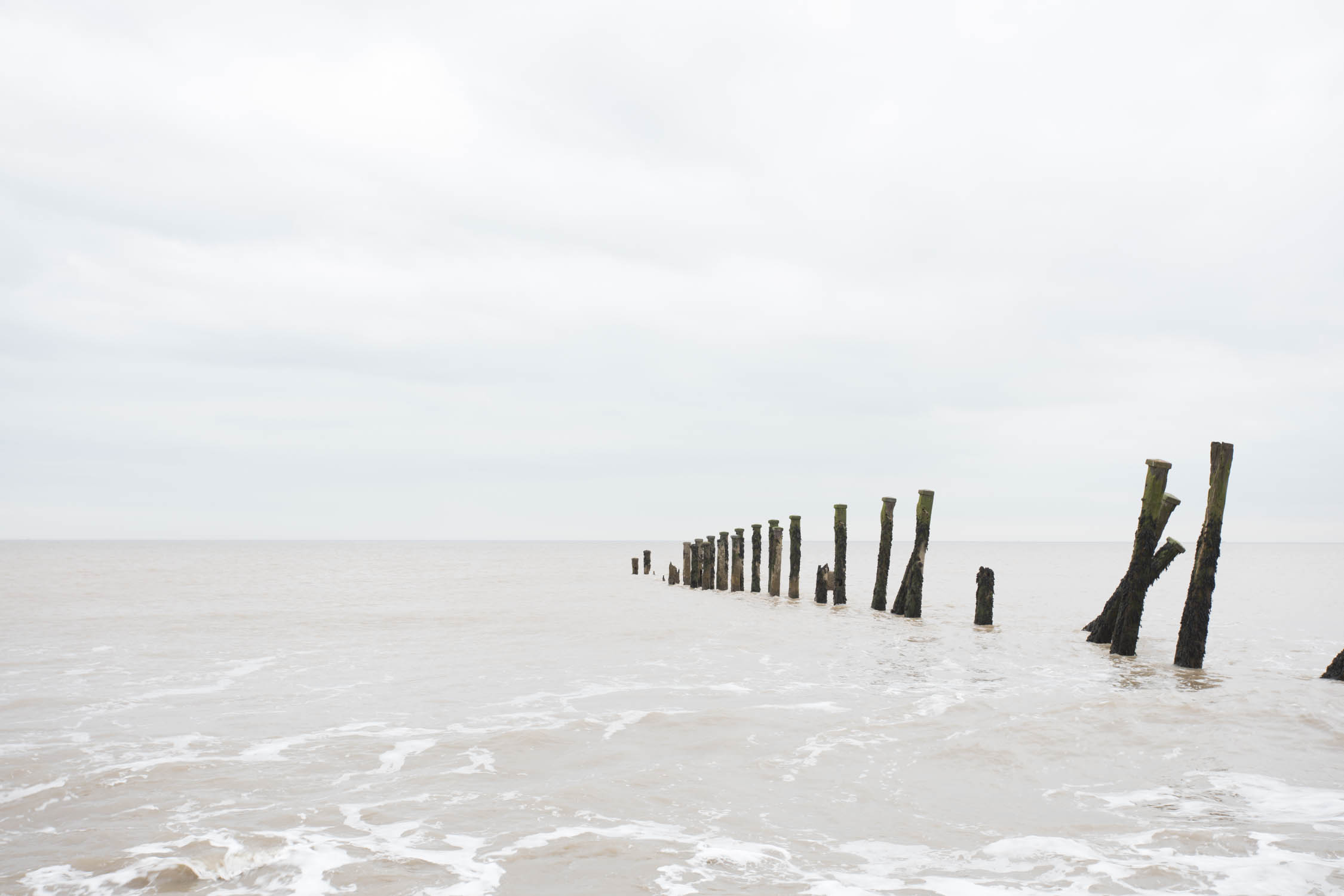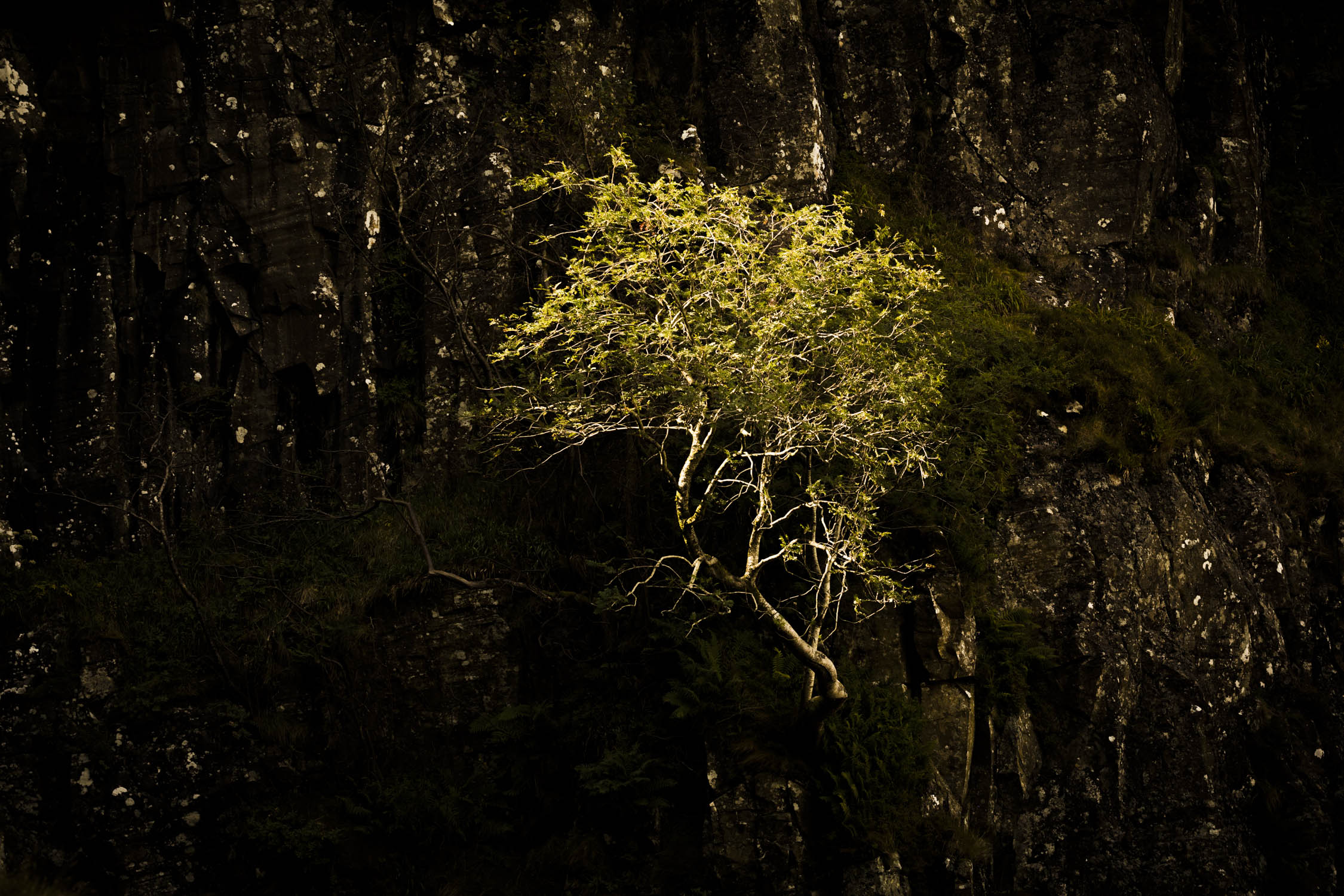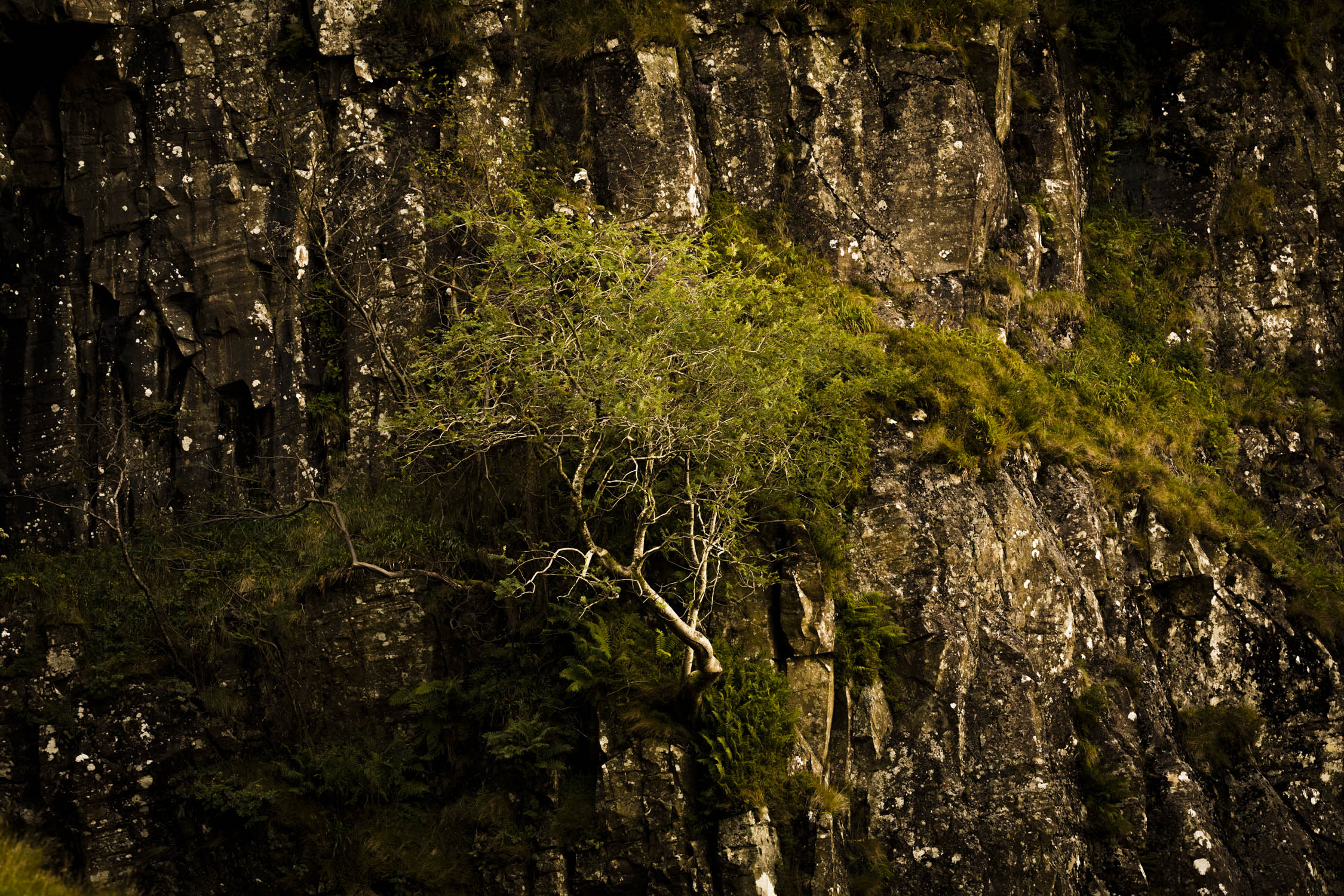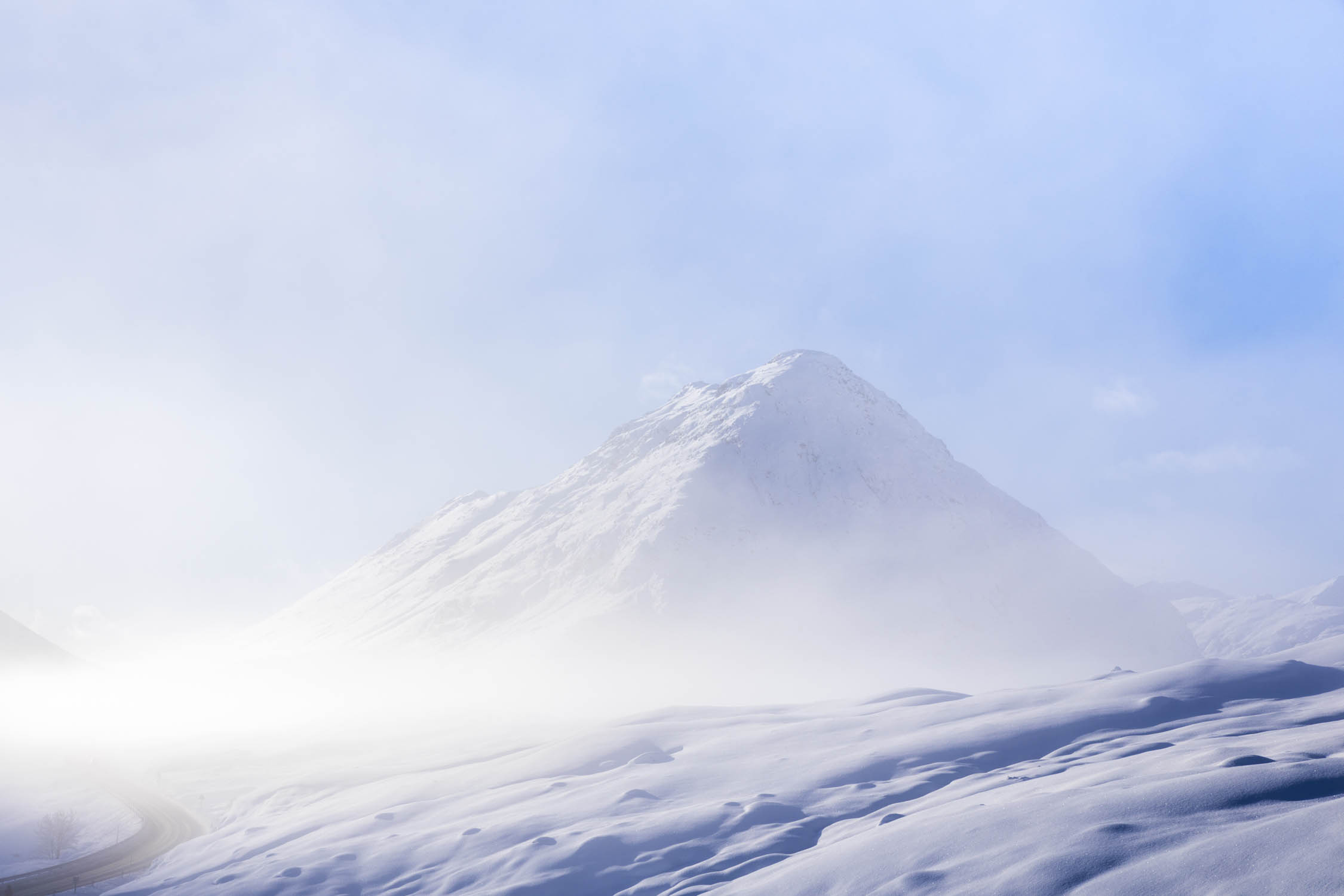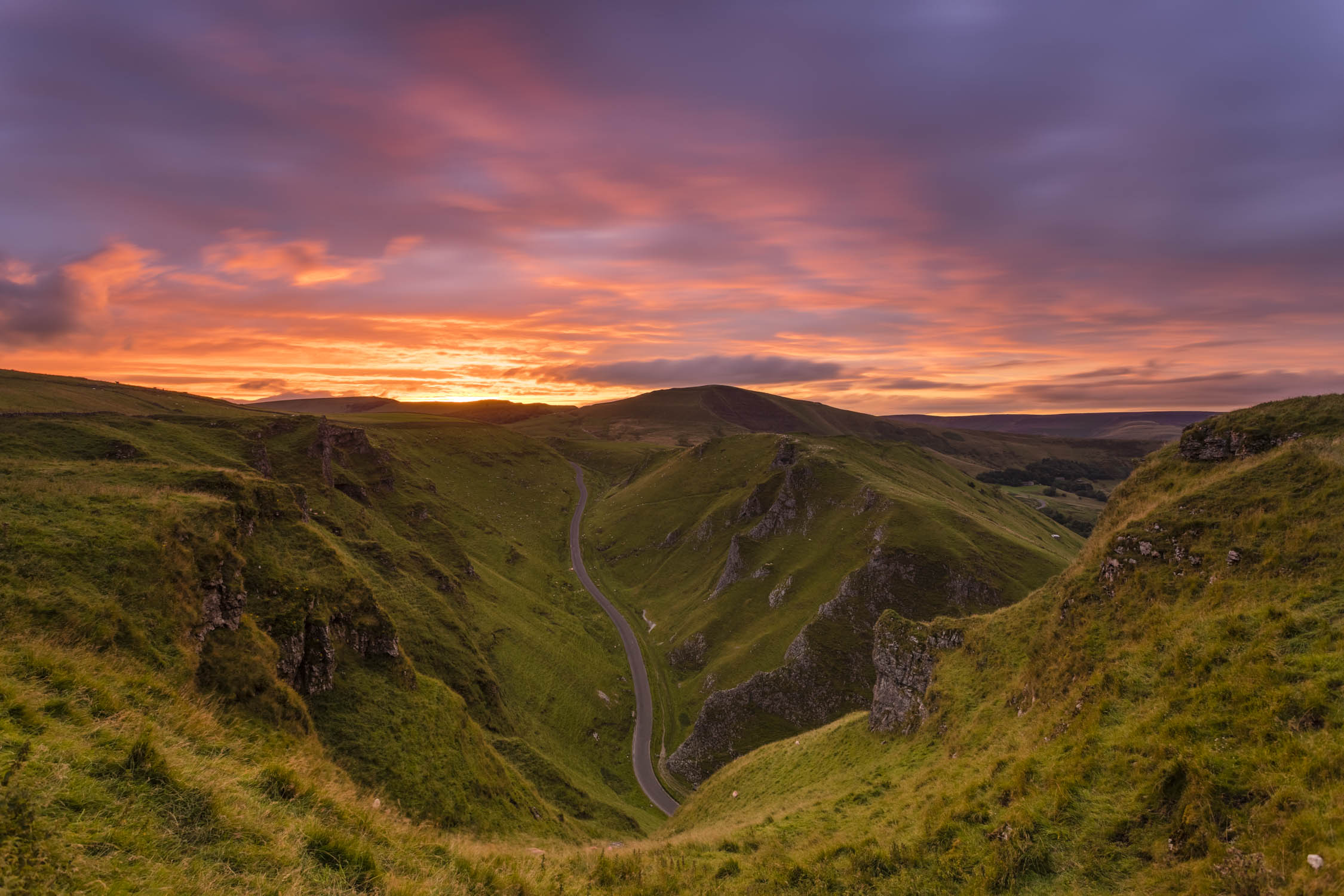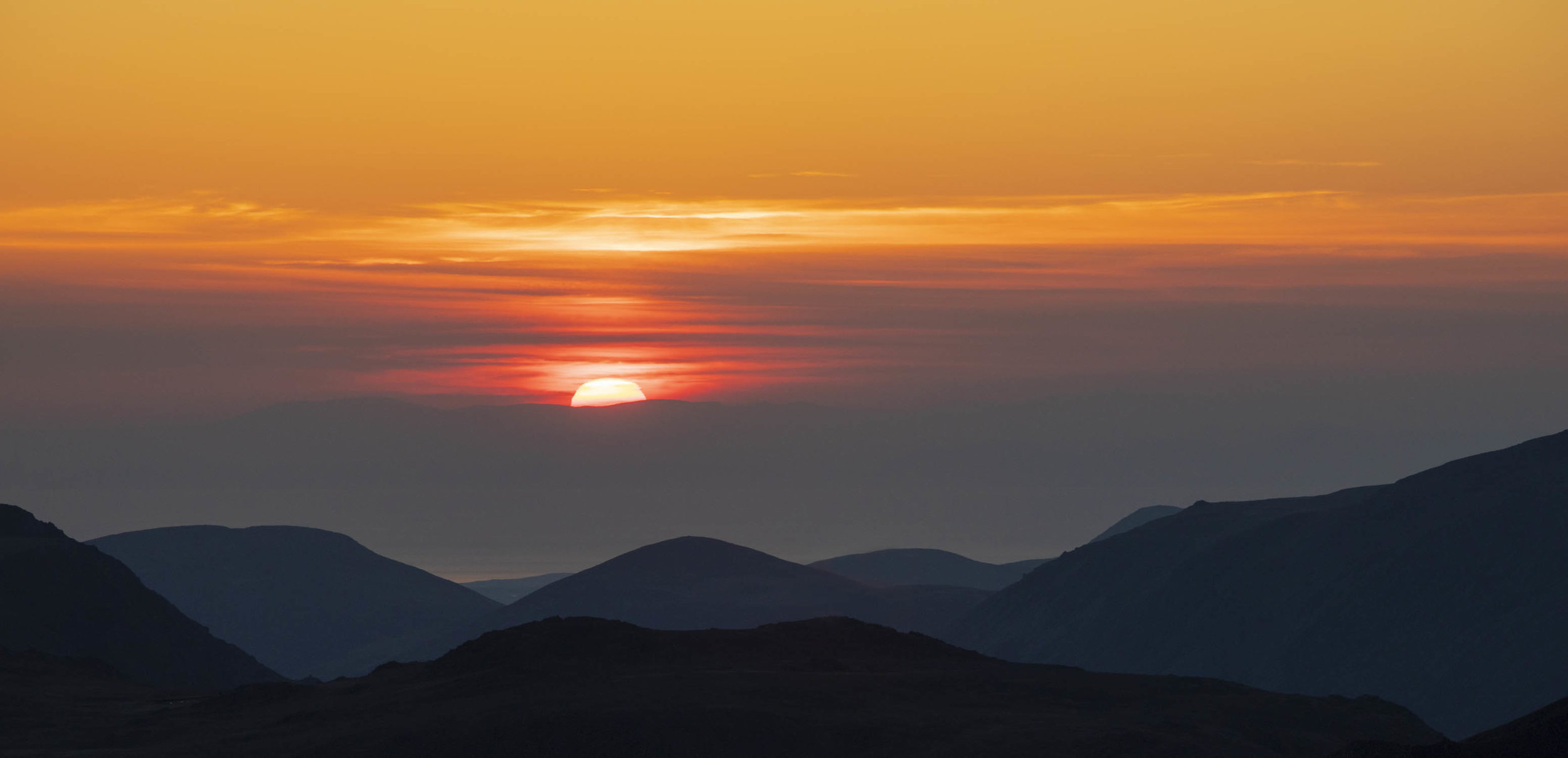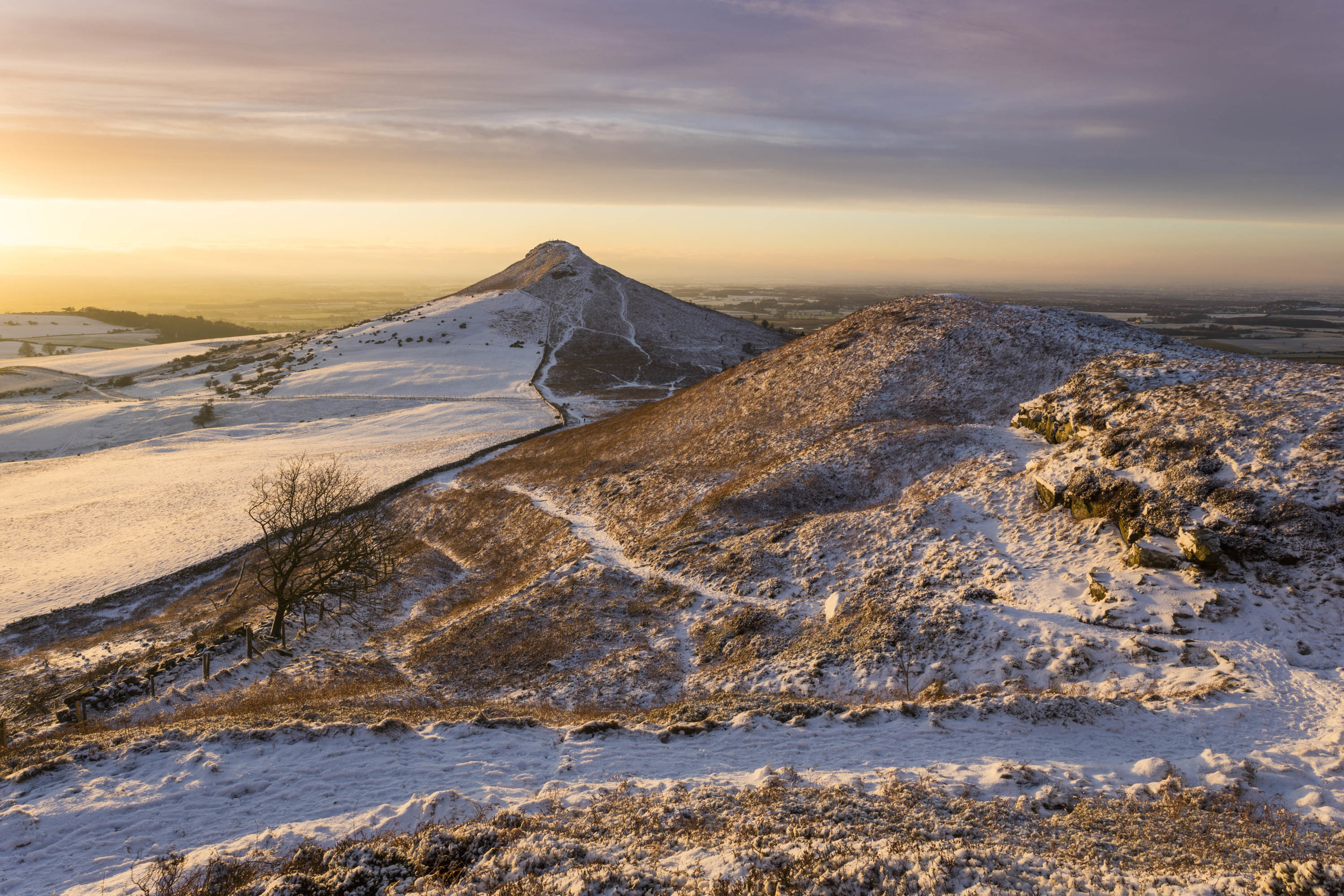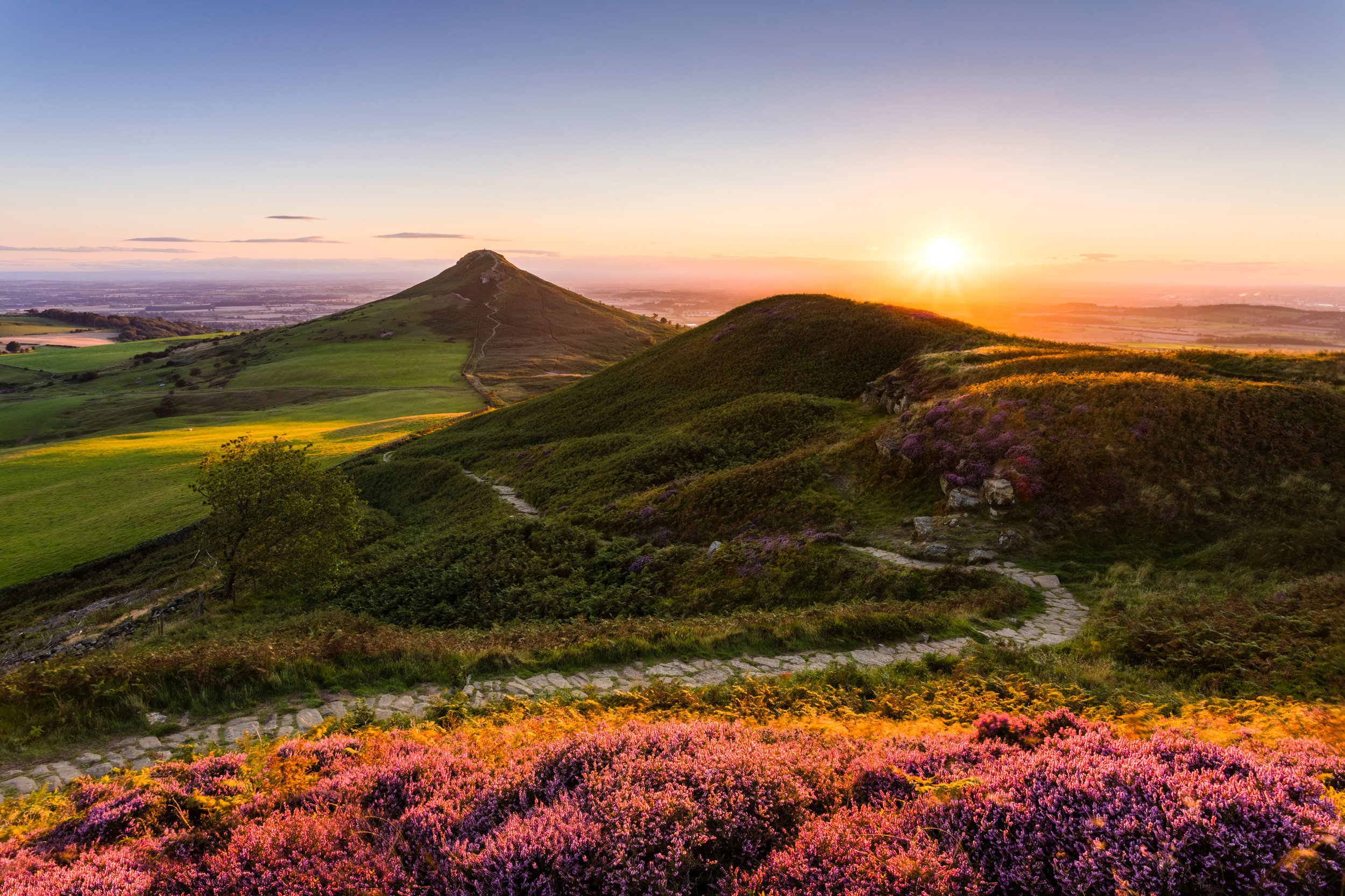When I went to do some seascape photography I never ever thought I would witness something so spectacular. These unique moments come along so rarely in landscape photography so when they do, you have to seize the moment. This vlog documents one of my favourite photography moments, possibly ever.
Once in a lifetime photo opportunities come around so rarely. When they do it is important to be ready to capture them. The readiness comes from hard work and dedication; getting out with the camera, week after week, honing your skills and practicing your craft. We can go months without capturing a ‘keeper’ but so many photographers in the past have had their careers take off because of a single image. You never know when that might happen to you.
Finally a note on luck. Lucky is a word that is thrown around freely. Was I lucky to capture that last image? Maybe, but luck does not account for the years of hard work, the years of getting out day after day, the fact I switched to plan B because my original location at Saltwick Bay was completely in cloud. Luck didn’t drive me two hours to the location and luck didn’t set the correct camera settings and capture the composition and image.
I had planned to film a video which essentially would have been a seascape photography tutorial. When the amazing conditions presented themselves though I had to default to just capturing the images. Seascape photography can be very creative with the use of long exposure photography, using leading lines and interesting shapes, using the water in the foreground, capturing whatever colour is available and mixing these things into your composition. I will film the tutorial at some point but I still utilised all these techniques so there are plenty of seascape photography tips on offer in this landscape vlog.
My video photography blogs are designed to entertain and document how I go about capturing my work. If it provides landscape photography tips and inspiration along the way then please share it with your friends so more people can benefit from the content. If you enjoyed this photography vlog I would really appreciate it if you subscribed to the channel so you can come along for the journey.

